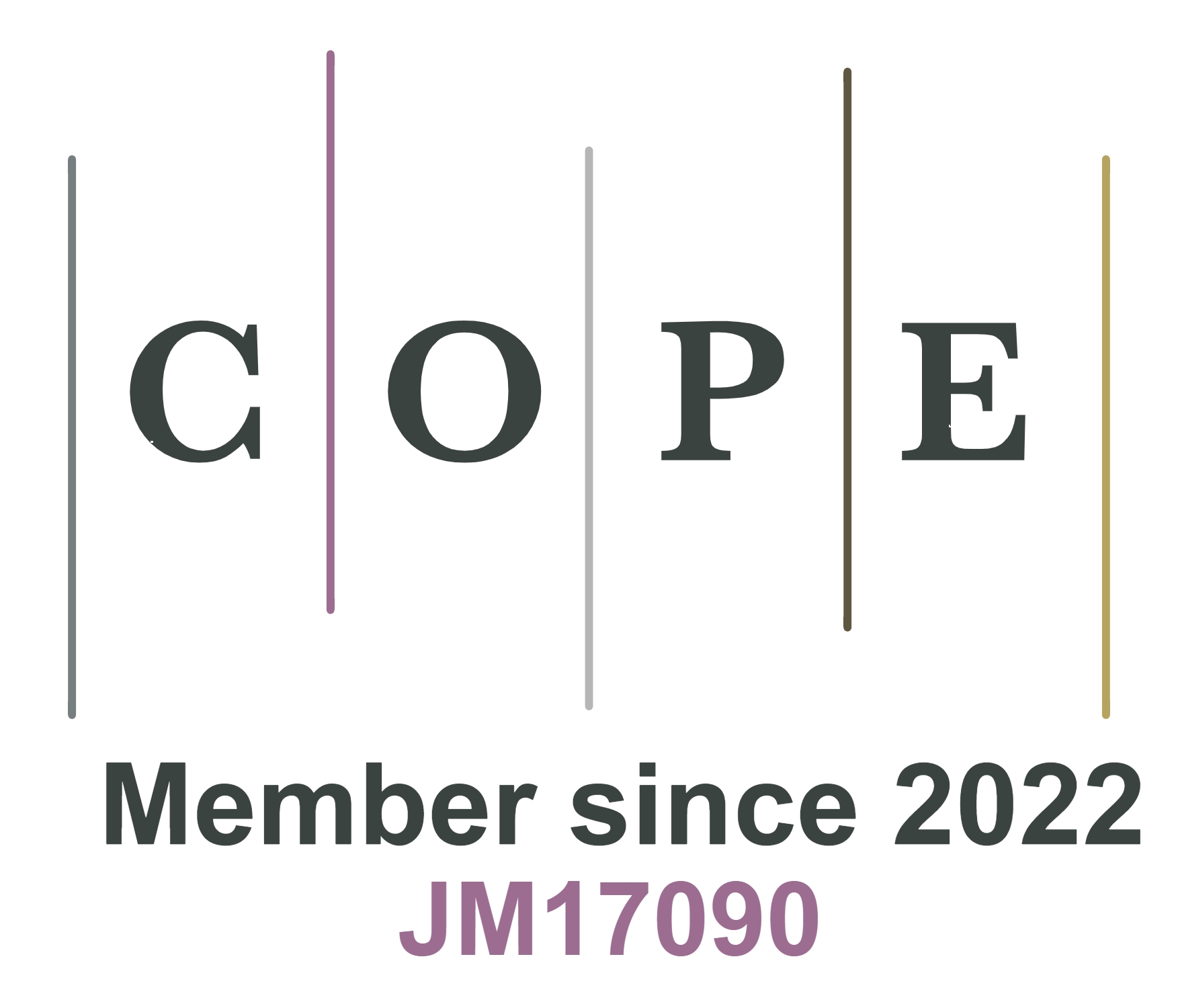REFERENCES
1. Yuan H, Li Y, Yang J, et al. State of the art of non-invasive electrode materials for brain-computer interface. Micromachines 2021;12:1521.
2. Yang L, Liu Q, Zhang Z, Gan L, Zhang Y, Wu J. Materials for dry electrodes for the electroencephalography: advances, challenges, perspectives. Adv Mater Technol 2022;7:2100612.
4. Campbell IG. EEG recording and analysis for sleep research. Curr Protoc Neurosci 2009;Chapter 10:Unit10.2.
5. Noachtar S, Rémi J. The role of EEG in epilepsy: a critical review. Epilepsy Behav 2009;15:22-33.
6. Cervera MA, Soekadar SR, Ushiba J, et al. Brain-computer interfaces for post-stroke motor rehabilitation: a meta-analysis. Ann Clin Transl Neurol 2018;5:651-63.
7. Wolpaw JR, Millán JdR, Ramsey NF. Brain-computer interfaces: definitions and principles. Handb Clin Neurol 2020;168:15-23.
8. Orban M, Elsamanty M, Guo K, Zhang S, Yang H. A review of brain activity and EEG-based brain-computer interfaces for rehabilitation application. Bioengineering 2022;9:768.
9. Hsieh JC, Alawieh H, Li Y, et al. A highly stable electrode with low electrode-skin impedance for wearable brain-computer interface. Biosens Bioelectron 2022;218:114756.
10. Miskowiak KW, Jespersen AE, Kessing LV, et al. Cognition assessment in virtual reality: validity and feasibility of a novel virtual reality test for real-life cognitive functions in mood disorders and psychosis spectrum disorders. J Psychiatr Res 2021;145:182-9.
11. Maggio MG, Latella D, Maresca G, et al. Virtual reality and cognitive rehabilitation in people with stroke: an overview. J Neurosci Nurs 2019;51:101-5.
12. Tashjian VC, Mosadeghi S, Howard AR, et al. Virtual reality for management of pain in hospitalized patients: results of a controlled trial. JMIR Ment Health 2017;4:e9.
13. Coogan CG, He B. Brain-computer interface control in a virtual reality environment and applications for the internet of things. IEEE Access 2018;6:10840-9.
14. Cipresso P, Giglioli IAC, Raya MA, Riva G. The past, present, and future of virtual and augmented reality research: a network and cluster analysis of the literature. Front Psychol 2018;9:2086.
16. Suhaimi NS, Mountstephens J, Teo J. A dataset for emotion recognition using virtual reality and EEG (DER-VREEG): emotional state classification using low-cost wearable VR-EEG headsets. Big Data Cogn Comput 2022;6:16.
17. Zhang Y, Zhang L, Hua H, et al. Relaxation degree analysis using frontal electroencephalogram under virtual reality relaxation scenes. Front Neurosci 2021;15:719869.
18. Kuang F, Shu L, Hua H, et al. Cross-subject and cross-device wearable EEG emotion recognition using frontal EEG under virtual reality scenes. In: IEEE International Conference on Bioinformatics and Biomedicine (BIBM); Houston, TX, USA; 2021. p. 3630-7.
19. Li G, Wu J, Xia Y, He Q, Jin H. Review of semi-dry electrodes for EEG recording. J Neural Eng 2020;17:051004.
20. Goulart LA, Guaraldo TT, Lanza MRV. A novel electrochemical sensor based on printex L6 carbon black carrying CuO/Cu2O nanoparticles for propylparaben determination. Electroanalysis 2018;30:2967-76.
21. Luo J, Sun C, Chang B, et al. MXene-enabled self-adaptive hydrogel interface for active electroencephalogram interactions. ACS Nano 2022;16:19373-84.
22. Wang C, Wang H, Wang B, et al. On-skin paintable biogel for long-term high-fidelity electroencephalogram recording. Sci Adv 2022;8:eabo1396.
23. Wang R, Jiang X, Wang W, Li Z. A microneedle electrode array on flexible substrate for long-term EEG monitoring. Sens Actuators B Chem 2017;244:750-8.
24. Song Y, Li P, Li M, et al. Fabrication of chitosan/Au-TiO2 nanotube-based dry electrodes for electroencephalography recording. Mater Sci Eng C Mater Biol Appl 2017;79:740-7.
25. Aghazadeh H, Yazdi MK, Kolahi A, et al. Synthesis, characterization and performance enhancement of dry polyaniline-coated neuroelectrodes for electroencephalography measurement. Curr Appl Phys 2021;27:43-50.
26. Liu J, Liu X, He E, et al. A novel dry-contact electrode for measuring electroencephalography signals. Sens Actuator A Phys 2019;294:73-80.
27. Arai M, Kudo Y, Miki N. Polymer-based candle-shaped microneedle electrodes for electroencephalography on hairy skin. Jpn J Appl Phys 2016;55:06GP16.
28. Zhang L, Kumar KS, He H, et al. Fully organic compliant dry electrodes self-adhesive to skin for long-term motion-robust epidermal biopotential monitoring. Nat Commun 2020;11:4683.
29. Lin S, Liu J, Li W, et al. A flexible, robust, and gel-free electroencephalogram electrode for noninvasive brain-computer interfaces. Nano Lett 2019;19:6853-61.
30. Baek HJ, Lee HJ, Lim YG, Park KS. Conductive polymer foam surface improves the performance of a capacitive EEG electrode. IEEE Trans Biomed Eng 2012;59:3422-31.
31. Shu L, Xu T, Xu X. Multilayer sweat-absorbable textile electrode for EEG measurement in forehead site. IEEE Sensors J 2019;19:5995-6005.
32. Liu J, Lin S, Li W, et al. Ten-hour stable noninvasive brain-computer interface realized by semidry hydrogel-based electrodes. Research 2022;2022:9830457.
33. Kayser LV, Lipomi DJ. Stretchable conductive polymers and composites based on PEDOT and PEDOT:PSS. Adv Mater 2019;31:1806133.
34. Ding Y, Yang J, Tolle CR, Zhu Z. Flexible and compressible PEDOT:PSS@melamine conductive sponge prepared via one-step dip coating as piezoresistive pressure sensor for human motion detection. ACS Appl Mater Interfaces 2018;10:16077-86.
35. Cui XT, Zhou DD. Poly (3,4-ethylenedioxythiophene) for chronic neural stimulation. IEEE Trans Neural Syst Rehabil Eng 2007;15:502-8.
36. Zucca A, Cipriani C, Sudha, et al. Tattoo conductive polymer nanosheets for skin-contact applications. Adv Healthc Mater 2015;4:983-90.
37. Delorme A, Makeig S. EEGLAB: an open source toolbox for analysis of single-trial EEG dynamics including independent component analysis. J Neurosci Methods 2004;134:9-21.
38. Beccatelli M, Villani M, Gentile F, et al. All-polymeric pressure sensors based on PEDOT:PSS-modified polyurethane foam. ACS Appl Polym Mater 2021;3:1563-72.
39. Pacios R, Marcilla R, Pozo-Gonzalo C, et al. Combined electrochromic and plasmonic optical responses in conducting polymer/metal nanoparticle films. J Nanosci Nanotechnol 2007;7:2938-41.
40. Ha KH, Zhang W, Jang HW, et al. Highly sensitive capacitive pressure sensors over a wide pressure range enabled by the hybrid responses of a highly porous nanocomposite. Adv Mater 2021;33:2103320.
41. Ferrari LM, Ismailov U, Badier J, Greco F, Ismailova E. Conducting polymer tattoo electrodes in clinical electro- and magneto-encephalography. npj Flex Electron 2020;4:4.
42. Ko LW, Chang Y, Wu PL, Lu YC, Yeh CL, Chen YJ. Novel moisture retention sponge electrodes for developing a wireless EEG SSVEP-based BCI system. In: International Automatic Control Conference (CACS), Taoyuan, Taiwan, 2018, pp. 1-6.
43. Compston A. The Berger rhythm: potential changes from the occipital lobes in man, by E. D. Adrian and B. H. C. Matthew (From the Physiological Laboratory, Cambridge). Brain 1934: 57; 355-385. Brain 2010;133:3-6.
44. Walter WG, Cooper R, Aldridge VJ, Mccallum WC, Winter AL. Contingent negative variation: an electric sign of sensorimotor association and expectancy in the human brain. Nature 1964;203:380-4.
45. Nagai Y, Critchley HD, Featherstone E, Fenwick PBC, Trimble MR, Dolan RJ. Brain activity relating to the contingent negative variation: an fMRI investigation. Neuroimage 2004;21:1232-41.
46. Garipelli G, Chavarriaga R, Millán JdR. Single trial analysis of slow cortical potentials: a study on anticipation related potentials. J Neural Eng 2013;10:036014.
47. Guo Z, Tan X, Pan Y, et al. Contingent negative variation during a modified cueing task in simulated driving. PLoS One 2019;14:e0224966.
48. Khaliliardali Z, Chavarriaga R, Zhang H, Gheorghe LA, Perdikis S, Millán JdR. Real-time detection of driver’s movement intention in response to traffic lights. bioRxiv 2019:443390.
49. Khaliliardali Z, Chavarriaga R, Gheorghe LA, Millán JdR. Action prediction based on anticipatory brain potentials during simulated driving. J Neural Eng 2015;12:066006.










